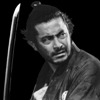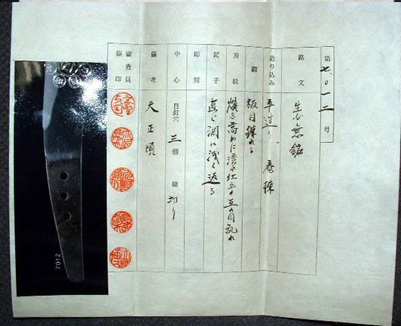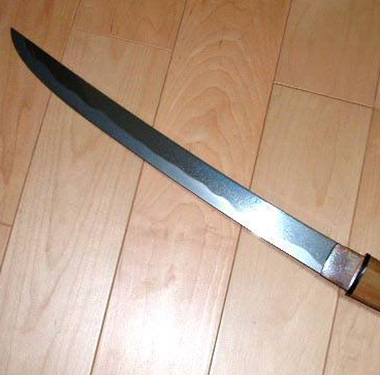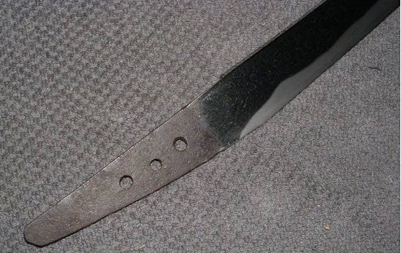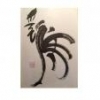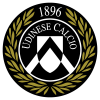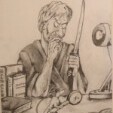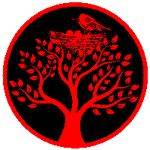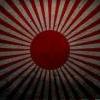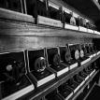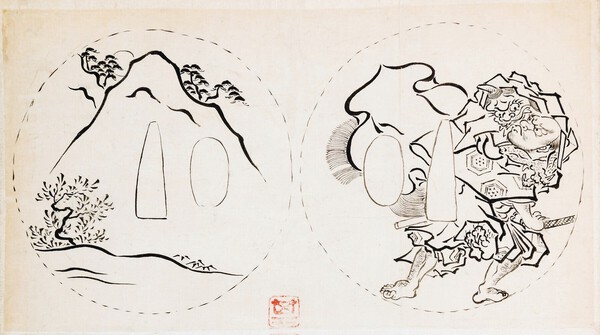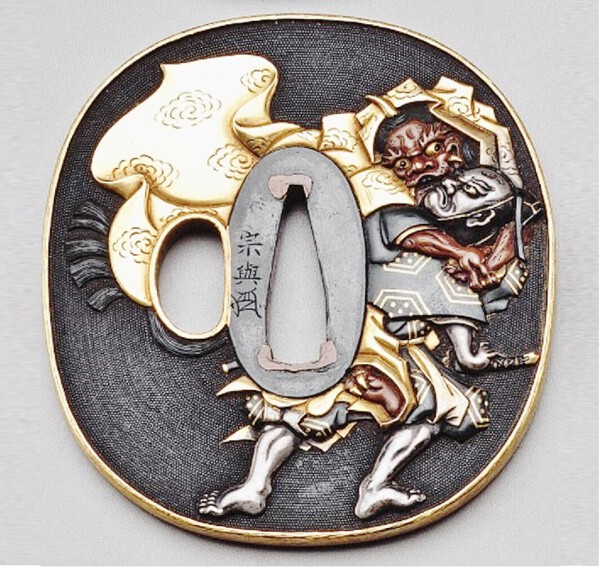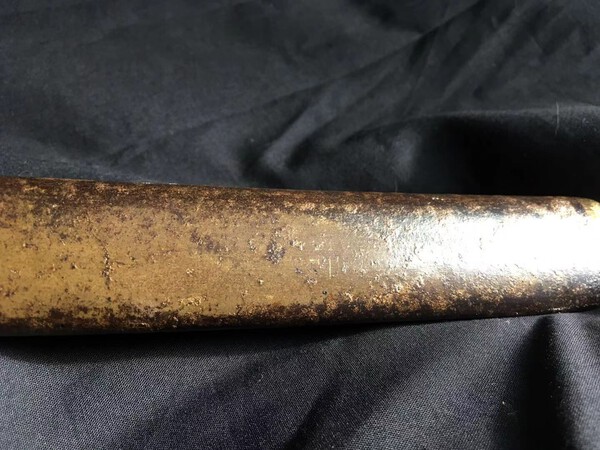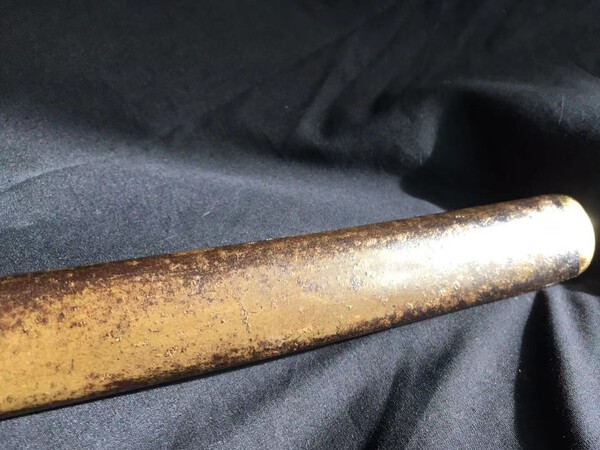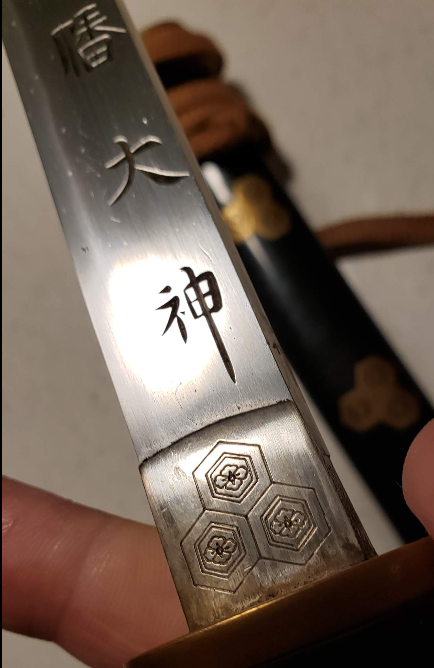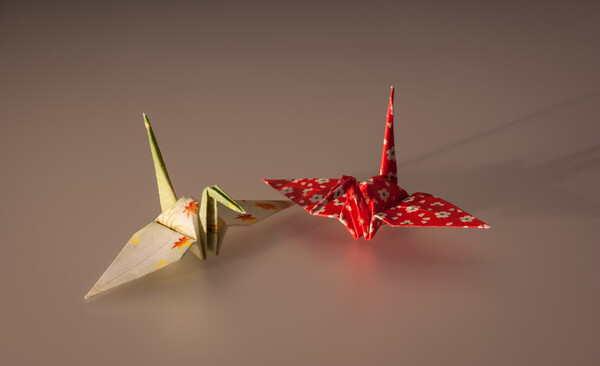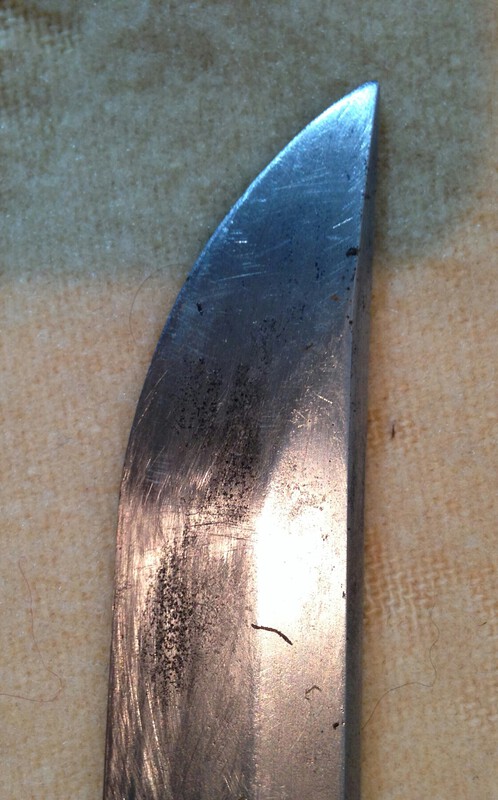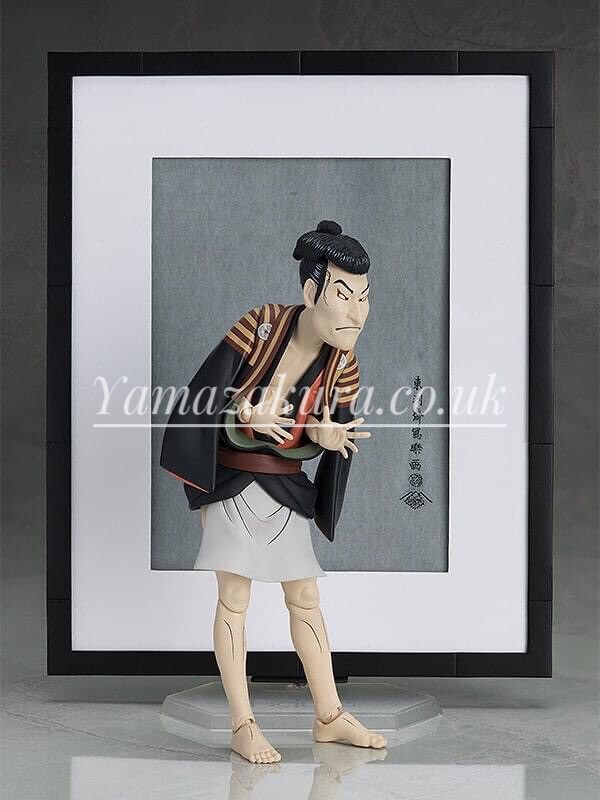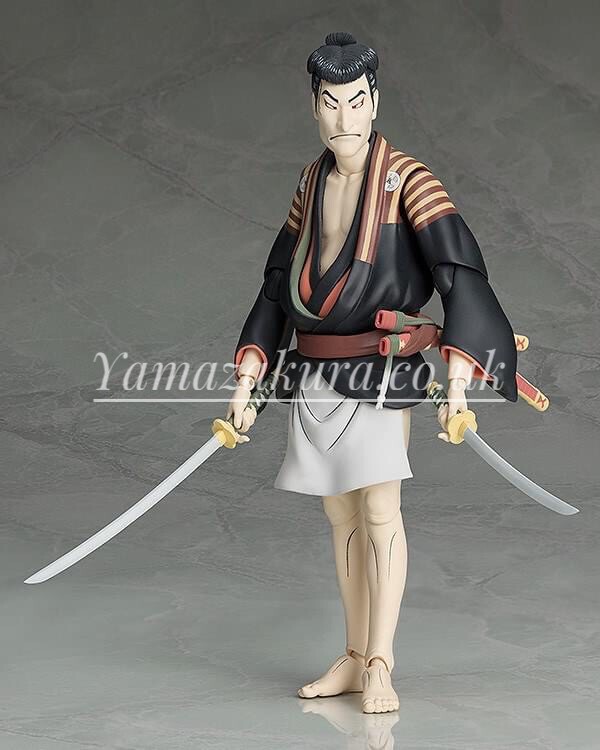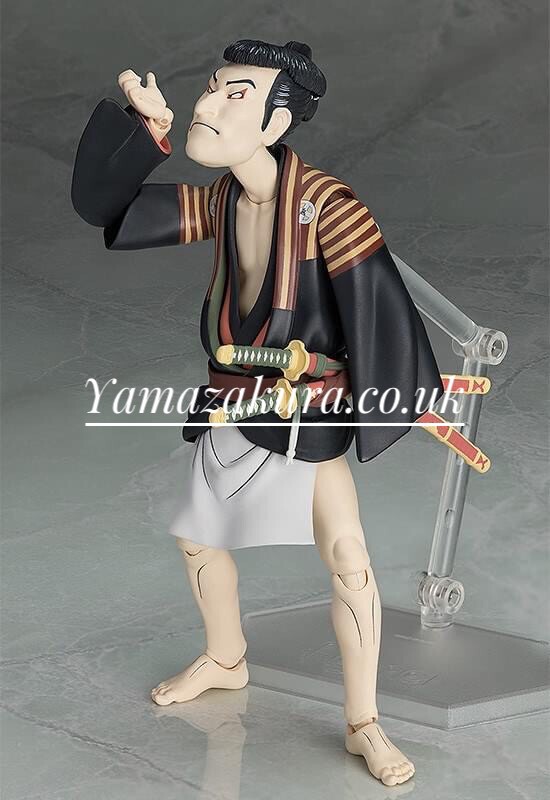Leaderboard
Popular Content
Showing content with the highest reputation on 01/01/2021 in all areas
-
Hi folks, 1st, let me say thank you to all who have had such nice things to say about me in the thread above; don't know if I deserve it but it is appreciated. Now I would like to introduce you to a sword that has been consigned to my website: https://www.japaneseswordbooksandtsuba.com/store/swords/c273-beautiful-wakizashi-yokoyama-sukekane-hozon-paper This is a 50.4 cm wakizashi signed and dated Bizen Kuni Osafune Ju Yokoyama Sukekane Saku. Kimi Banzai. Tomonari Go Ju Hachi Dai Mago (58th generation). Kaei Shichi Nen Hachi Gatsu Hi (August of 1854). I'll post a few pictures here but please click the link to my site for all the dimensions, hada & hamon, and to see pictures of every inch of the blade. Sukekane was a bright light in the Yokoyama group of smiths working in the Bizen tradition in Shinto and Shinshinto and this wakizashi is a very fine piece from the smith. As I mention in my listing, occasionally I come across a sword that speaks to me, demands attention; this is one of those. My price is SOLD, which, if you think about it, isn't a lot more than the cost of polish, shirasaya, habaki, and paper. If you are interested or need more information please contact me by email through my site, not with personal message here. Thanks for stopping, Grey3 points
-
There are three impressions of John Slough's book, An Oshigata Book of Modern Japanese Swordsmiths, 1868–1945. The original 2001 white softcover by Slough and two reprints, a 2004 blue hardcover by Slough and an unknown red softcover by Cillo. As far as I know, they all have the same content. I am missing the copyright pages for the two reprints so some of the information below is incomplete. 1. Slough, John Scott. An Oshigata Book of Modern Japanese Swordsmiths, 1868–1945. Rivanna River Company, 2001. White softcover. 2. Slough, John Scott. An Oshigata Book of Modern Japanese Swordsmiths, 1868–1945. 2004. Blue hardcover. 3. Cillo, Livio W. An Oshigata Book of Modern Japanese Swordsmiths, 1868–1945. Publication details unknown. Red softcover.2 points
-
Bruce, I wouldn't. If you do...so a separate document. These mon are common, varied and could be used by anyone. Pick any of the hundreds of mon, and they could end up on a sword. They don't really tell anything about the sword or the owner. But if you do want to collect them, then keep them separate from the stamps.2 points
-
Same, JP, I could not see this shinae in the EBay listing. The blade might have been bent and then straightened or something at some point.2 points
-
Thank you Peter - my only regret is that the original book didn't give attributions to each image - even in Japanese, it would have made the search for finished pieces easier. Perhaps given enough time we can assemble a book of the final pieces produced, or those that inspired the designs, though as Ford has pointed out that may be a very thick book! My friend Stephen King [W.A.] pointed out, when I told him of another book I am working on, Utsushi comparisons - "the book would never end!" He is certainly correct as I am finding out! PS. I sent him five utsushi links and images, [very close] to a guard he won on eBay last night- took me 15min2 points
-
I have one of these – mumei, attributed to Sengo Masashige. NTHK papered to 2nd generation (the one supposed to be Muramasa’s grandson). The jihada on mine looks a bit more pronounced than the one for sale, , and the hamon is different, but the sugata matches well. As already stated, I’d be wary of the flaw… Dan2 points
-
Most of the writing very hard to read.I got few 軍曹?Sergeant 島本保雄(owner's name) 和歌山市(City WAKAYAMA)水X 一四一一(1411) 備前助宗(Sword smith)2 points
-
Hi everyone, I wanted to give a quick introduction as this new dealer page is set up (and appreciation to Brian for creating this new area and all he does to manage this board). Some of you know me from discussions here on the NMB, as well as Facebook, YouTube and Instagram. I have been collecting and studying Japanese swords now for 32 years. As a collector, I primarily focus on koto blades (with a preference for Soshu and Yamashiro) but all time periods are interesting to me and one of the reasons that I branched out into sales is that I enjoy handling a large number of swords to research, study and learn from. My swords sales are almost exclusively consigned from other collectors (most from our community here), and I am happy to consider new pieces to receive for consignment. I also enjoy assisting with research & translation requests. I am no Markus Sesko, but I do my best. Here are a few links to my pages online. Website: http://www.swordsofjapan.com YouTube: https://www.youtube.com/@swordsofjapan Instagram: https://www.instagram.com/swordsofjapan Please feel free to reach out any time there is something I can help with, either through NMB messenger or (preferred) by email at raymondsinger@gmail.com. Best regards, Ray1 point
-
I have just put out a 'new' book updating and refreshing an 1850s design book of metal carving patterns, mainly for sword fittings. Two versions will be available, the first is printed on gloss paper through Blurb - https://www.blurb.com/b/10516296-album-of-designs-for-metal-carving-ch-sen-gafu-de The second will soon be available through other book outlets like Amazon, Abebooks etc. on matte paper at a cheaper price. Text is limited to a few pages in the original Japanese with approx. 150 pages of multiple illustrations in colour. The book is called "Chōsen Gafu" Album of Designs for Metal Carvers by Ranzan Tsuneyuki. The original is in the Metropolitan Museum of Art as a scrap book collection of designs compiled over a number of years, the images have been cleaned up and enhanced with many of the smaller designs enlarged for better clarity, so it is not a facsimilie copy and is aimed at showing the designs to their best effect. I hope the book finds a good audience.1 point
-
Hi, My name is Grey Doffin, I live in northern Minnesota, USA, and I have a website dedicated to Nihonto and books on the subject: https://www.japaneseswordbooksandtsuba.com/ I've been studying Japanese swords for nearly 40 years now and buying/selling for most all of them (I'm trying to lose my 1st million). If you check my site today, in late 2020, you'll find a dozen or so swords and koshirae (with more to come soon), 150 to 200 sword fittings (tsuba, menuki, fuchi/kashira, etc), and a very large inventory of books on the subject. I try to have reasonable prices and items to fit a variety of budgets. I try also to be helpful. If you're just getting started with Nihonto feel free to ask questions about any of my pieces; I'll tell you what I think I know. This field can be daunting; there is so much to understand and ample opportunity to make mistakes. If you come to me with a question, I will answer honestly. Promise. Not sure what all I'll do with this space on NMB. As I get some time in the coming days I'll post highlights of some of the pieces on my site; beyond that we'll just have to wait and see. Feel free to post here also; your comments are welcome. If you want to contact me please use my email, not personal message on NMB. Email is easier and I can keep track of our correspondence in folders on my computer. Phone calls, if you live in The States, are fine also. Thanks for stopping, Grey grey@japaneseswordbooksandtsuba.com 218-726-0395 central time1 point
-
If you deal with Ray you won't be disappointed! Ray, I am so in love with the Owari flying geese tsuba I bought from you! All the best, Chuck1 point
-
1 point
-
Aliaksandr, that is easy if you look up the uppermost line on the page: NIHONTO INFO, then RESEARCH, then NIHONTO KANJI PAGES, then KANJI for MEI. First KANJI is 貞 (SADA), second is 吉 (YOSHI). If you could show more of the NAKAGO, we could tell you if this might be a genuine Japanese blade. The way the signature is done is not convincing, but more photos will tell if I am wrong.1 point
-
1 point
-
1 point
-
Yes I do believe it's Tokugawa. Kamo Aoi was sacred to Kamo Shrine in Kyoto. In Hawley's family crest book he talks about descendants of Tokugawa clan often did slight variations to the crest while maintaining the hollyhocks as the symbol.1 point
-
1 point
-
1 point
-
When I tried to download the photo, it was part of a long strip of images. I cut it out of the strip so that I could post it here. As for shinae I have only seen a group of creases caused by bending the blade never a single crease if that is what it is. Everyone has different tolerances for flaws. This is one that I would not accept. Others will have different opinions.1 point
-
The picture is still there in the item description. The seller is only allowed to put 12 pictures in the area at the top of the listing. Some sellers add more photos in the description area.1 point
-
Thanks for your comments all. The line shown here in my hamon is "white". It is by Tsukamoto Masakazu 1942 who learned from his brother Tsukamoto Okimasa (who also made these lines called sunagashi in oshigata shown) who was the student of Kasama Shigetsugu who also made these lines (not named in oshigata shown). both oshi from Tokuno "Nihonto Zukan" pp.167, 171. My hamon lines here are about 5 inches long and another "milder" section appears up the blade in the mono-uchi. To me, and I agree with what Paul says, these just have always been sunagashi, but when I see virtually identical features in books/sites being called by other names it makes me "wonder" how accurate I am. I hope I'm not speaking too soon, but I think I will stay with sunagashi...but always willing to hear new ideas. Regards,1 point
-
Thank you, but this picture is on NMB. I’ve checked the original eBay listing and that one doesn’t show for me. As for the flaw, and although that usually look a bit different, could this be a Shinae?1 point
-
Hi JP I think we are entering the grey realms of interpretation. This is opinion rather than fact but I think all of these features are created by nie amalgamating into liner structures. Possible exception being potato vine which I think is different quality steel. If they are nie based the colour will depend on the polish and viewing orientation so all can appear black, white or bright and sparkling1 point
-
Apologies for my ignorance but what would cause a flaw like that?1 point
-
It looks like a pretty decently forged shin-shinto sword and a legit rig, however the nakago patina feels a little off (cleaned or something?) and the mei looks like it was carved by someone who never held a chisel and feels like it was added (to my eyes anyway). Interesting. Doug1 point
-
Love it, Grey. More than reasonable price for a lovely object. Can't go wrong. Sukakane rocks! (I have a Sukekane tanto which I cherish.)1 point
-
1 point
-
Mumei Muromachi does not get to TH. It is currently believed to be Masashige and not Muramasa. They are both very close but the student had bigger hamon and larger nie on average. Still, the price is low.1 point
-
1 point
-
1 point
-
1 point
-
Bruce; for what its worth I think its legit (assuming we can rule out a welded on nakago): The yasurime seem simply too well executed to me and the mei seems to stand up against your examples. Maybe there is a second question regarding the Takanobu tempering attribution. From your pictures it looks like you have an example of one of these as well and although the resolution isn’t great it seems to be pretty close as well. The value of Mantetsu discussion sounds best reserved for those more knowledgeable than me about their history and construction. I reread the thread about the chinese fakes; mei quality still seems quite a ways off but it seems thet are making headway on some of the early geometry issues, scary stuff for sure. If this is in fact gimei than I can see where collecting Taisho/Showa period swords is going to become increasingly challenging. Thanks for bringing this interesting piece for discussion, I havent paid much attention to WW II manufactured swords but this has made me curious to understand more about this and Yasukuni-to, thank you. Doug1 point
-
Just to reinforce Hamish's answer. Trystan (@BANGBANGSAN) brought this Chinese factory to our attention. Gimei From China. He's posted other pictures in other threads where you see the actual area of the factory a bit. So, we have the Chinese faking Mantetsu now, plus I believe there is at least one guy in Japan taking mumei (unsigned) nihonto and faking Mantetsu mei on them to take a $1,000-2,000 sword and turn it into a $6,000 sword. US prices on Mantetsu aren't quite that high, more in the $3,000 range, but that's what's going on. I posted this here in hopes go gathering as many perspectives as possible to weigh the evidence. Most of you guys have way more experience at seeing the reality of a blade than I do. I appreciate your gut feel on this!1 point
-
Why on earth would you want to see the nakago? Also, you'll wreck the ito and the clamps will never be the same if you take it apart.1 point
-
Book has just arrived, well worth the wait and then some! My wife is looking through it right now. Believe me when I say that this is unusual and special. Yes, I have sold some framed prints of selected images, I wouldn't recommend flooding the market, but at auction they got what I would call top dollar (there is every chance someone just wanted the frames), at local markets they have also proved popular. Bazza, the site is also linked on the Facebook Tsuba collectors page, so maybe there is a bit of traffic from there at the moment?1 point
-
Thank you Ford and Brian, I received a proof copy of the book only yesterday in matte paper format and found it was printed very well and about fifty dollars cheaper than the 'Deluxe gloss' version [which I can't afford!] As the original was compiled on fine rice paper glued in some cases into the 'scrapbook' the matte is in my opinion closer to the original, but at least there are options. The matte will take a little time to get listed on the book sites [usually up to six weeks] but the gloss is available now from Blurb. Now I am happy to arrange any matte format book direct from the printer now, but if people could hold off for a while Blurb run special discounts from time to time like 40% off or free shipping so when this happens the book would be much cheaper - I don't like the middlemen making all the profit! My intention is to make information available to everyone as cheaply as possible, not make money. I am hoping there will be a special offer to mark the beginning of the new year and will keep you posted. As an example a softcover gloss would cost $63 US. plus postage, a hardcover $78 - the matte $13 and $23 plus postage. That is a big cost difference in my opinion for little gain. Stephen has got in early and his book is a few suburbs away from his lap as we speak, I do have some images of the finished pieces from the book but hope as Ford has pointed out other members of NMB can track down other finished or original examples and compare. 'Throwing Stephen under the bus' he has copied a few pages of the original book and sold framed reprints with some success!1 point
-
1 point
-
The last one of these presentations Gunto made by Chinese sold on eBay last year for around $600 if my memory is correct.1 point
-
1 point
-
Nikki, I've attached an origami for you: Sorry! Couldn't resist that one! Ha! If you mean that it could receive papers from Shinsa, we do know that Mantetsu blades are starting to get papered. It's at the "historical value" rating. As to fixing up your gunto, you aren't being specific. Do you mean a blade polish? I had mine polished by David Hofhine. It costs over $2,000, so you'll need a good hobby-fund account, but it's worth it. Oh, and the wait-list is about 2 years. For the tsuka (handle) re-wrap, there are a number of guys, and someone might have a good recommendation. I've never dealt with it. I believe Fred Lohman does it, but there are others too. If you try Lohman, use the phone number. I never get an answer to email from them.1 point
-
Very pleased with my Christmas present to myself! ... Kabuki Actor Ōtani Oniji III as Yakko Edobei in the Play The Colored Reins of a Loving Wife (Koi nyōbō somewake tazuna) 6th month, 1794. The actor Otani Oniji II is captured here in the role of Yakko Edobe. A yakko is a manservant often used by samurai to perform violent deeds. Very accurate depiction of the famous print ..1 point


